Creative industries and Effective Altruism
Creative industries are nowadays often viewed from an economic perspective: what is the economic value of creative industries? Next to economic value, societal value may be even more important. Think about the 3P’s of People, Planet, and Profit: there is more than just economic benefit.
An American movement that recently arrived in Europe focuses on ‘effective altruism’ (https://www.effectivealtruism.org). Peter Singer argues in his book The most good you can do (2015) that many ‘good’ is not effective at all, though often based on good feeling or emotions. But how efficient and effective are these good intentions and projects in fact? Effective altruism is about how we can use our resources the most to help others. Based on evidence and analysis effective altruists work on the ‘very best causes’.
Creative Industries have potential to enable effective altruism projects, with design, architecture, (smart) fashion, gamification, and so on.
Most of the creative industries contributions can be called ‘cross-over’ (pilot) projects, where different disciplines come together.
One example is the floating pavilion in Rotterdam, the Netherlands, where three floating domes are connected with a floating square (http://www.publicdomainarchitecten.nl/en/drijvend-paviljoen/). The aim of this project is to develop and test floating buildings in relation to climate-resistant urbanisation on the water. Another example is the fairphone project by the Amsterdam-based organization Waag Society, with the aim to develop a smart phone that is both fair and sustainable (http://waag.org/en/project/fairphone). By redesigning the system, the different required components can be collected, assembled and possibly recycled in a fair way.
A third example is the ‘emergency sanitation operating system’, abbreviated eSOS (https://www.unesco-ihe.org/news/smart-esos-toilet-emergencies). Hygenic sanitation should be a basis condition for all people, also those living in remote or poor rural areas. In developing countries and in disaster areas (think about an earthquake of flood), the risk of bacteria and viruses is very high. With the help of the integrated sensors the eSOS measures and monitors the ratio of urine and faeces on malnourishment or dehydration.
Since 2011 the Amsterdam-based platform ‘What Design Can Do’ organizes a yearly conference about the power of design. (http://www.whatdesigncando.com/about-what-design-can-do/). This platform also organizes the ‘What Design Can Do Challenge’. The previous edition was about solutions for refugees. One of these solutions, jointly developed with the IKEA foundation, was the ‘better shelter’: a small light-weight modular house with solar panels. Another solution was the ‘Centifloat’, a smart floating boat that can be inflated within 3 minutes and knows over 60 grab handles preventing people who can not swim from drowning. In 2017 the design challenge concerns climate change.
Another recent research project and exhibition in Tel Aviv, Israel, is called “3.5 Square Meters: Constructive Responses to Natural Disasters” (Hirmer Publishers, 2017). In this publication and exhibition several projects illustrate the power of creative industries in relation to solutions for natural disasters. Examples are related to social technologies (e.g. the Airbnb Global Disaster Response & Relief Program for people who lost their homes), DIY projects such as ‘better shelter’ (see the same example above with the IKEA foundation and UNHCR), storytelling and sharing knowledge (e.g. the Japanese wiki-like platform OLIVE where tips and tutorials are being shared for refugees).
Concluding, the classic boundary between economic- and societal value should be broken down: economic benefit follows societal relevance. Applying effective altruism to creative industries could be a challenging but rewarding mission!
This post was contributed to our blog by FRITS GROTENHUIS



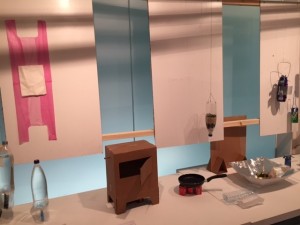
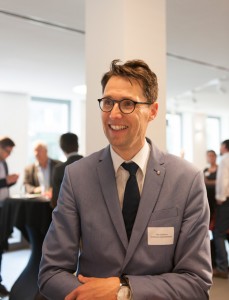
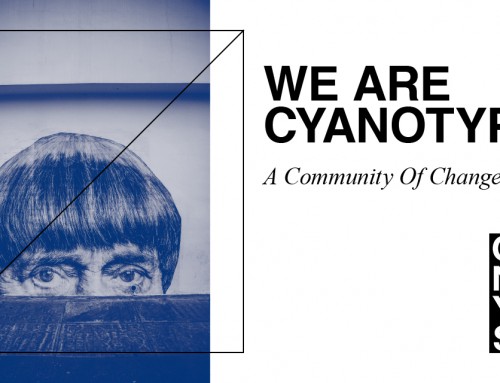
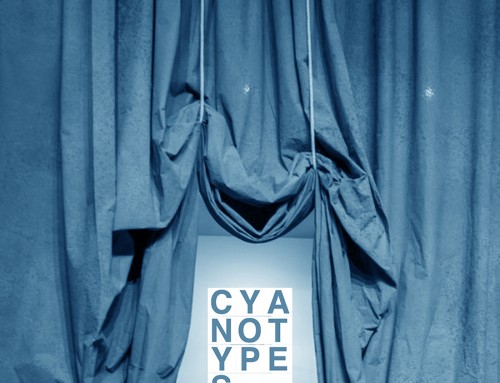
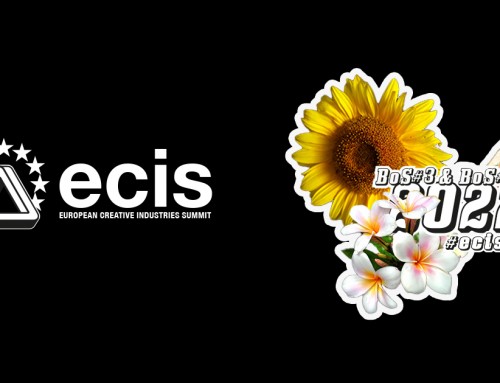
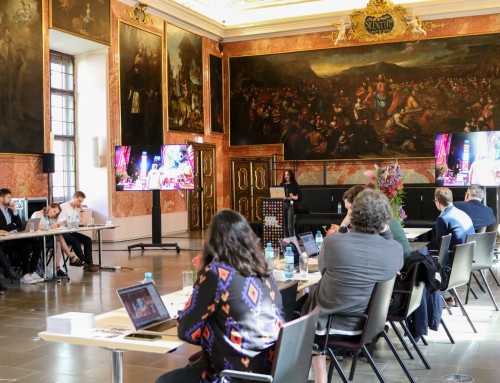
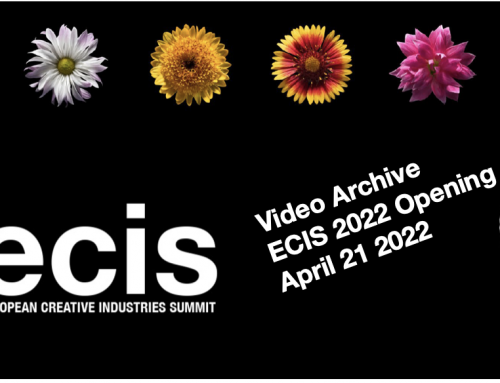
Leave A Comment